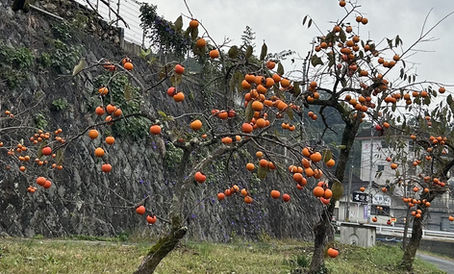"Mameda-machi", Hita City, Oita Prefecture, still retains what it used to be.
- Masahisa Takaki
- Apr 7, 2022
- 1 min read
Updated: Apr 28, 2022
Present Hita City in Oita Prefecture had prospered as a castle town till the 17th century, thereafter it became a "tenryo" , which means a special domain under the direct control of the central government. As this region was blessed with quality cedar, the so-called "hita-sugi", and great facilities for water transport by the Chikugo, the Tokugawa's central government in Edo, present Tokyo, designated here as a tenryo to directly get economic benefit. By the way, there were several powerful "daimyo" feudal lords ruling over their domains in Kyushu. They had hidden hostility toward Tokugawa's central government in Edo. They were, in short, potential enemies for the Tokugawa, even though they swore allegiance to the Tokugawa shogun. Thus, Hita was strengthened as a base to manage other tenryos all over Kyushu in the 18th century. After that, the public funds from the central government were utilized by the local merchants, and massive profits were lent to the daimyos and merchants across Kyushu. The Tokugawa central government controlled its potential risk in an adroit way to weaken the economic independence of the potential enemies. The picture shows Mameda-machi, where the center of commerce of Hita was at that time, and is on the list of the historic buildings preservation districts. Commercial activity aside, Hita also produced "Hirose Tanso", a leading Confucianist, in the 19th century. He established "Kangi-en" private school, and educated "Takano Chomei" as well as "Omura Masujiro", who were the giant figures of Japan's modernization late in the 19th century.
Licensed tour guide, travel consultant,
Masahisa Takaki.
全国通訳案内士 高木聖久。






